How corporations determine what we eat
The concentration of companies in the food and agricultural sector is higher than ever. Fewer and fewer people are deciding what we eat.
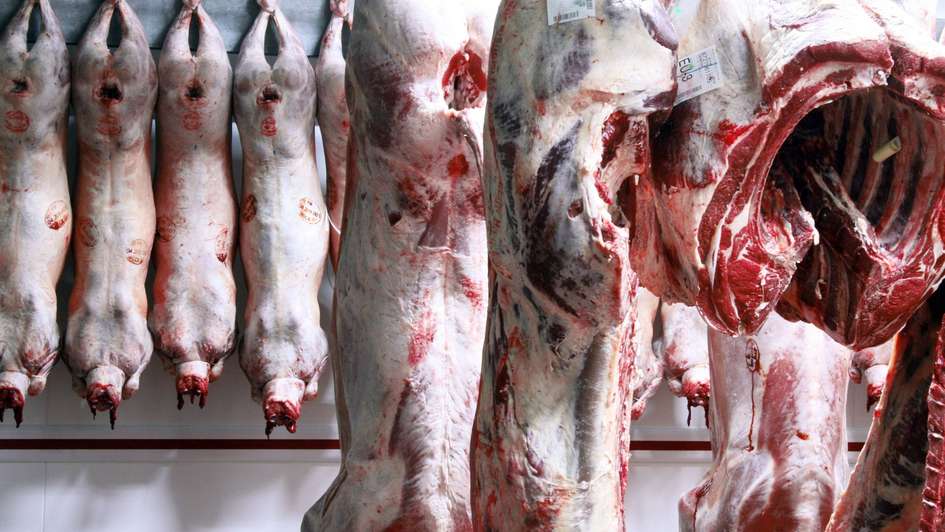
This article was originally published in the German-language "Fachjournal Welternährung" (World Food Security Journal).
There has been a tendency in many industries to move away from markets made up of many small firms, and toward markets dominated by a few large firms. The gigantic scale of Google, Apple, Facebook, Amazon and Microsoft, for example, are well-known in technology industries, but these trends are also occurring in food and agricultural sectors. Industries that make up nearly every link in the food chain, such as retailing, food manufacturing, food processing, and agricultural inputs, are increasingly characterized as “shared monopolies.” This results in fewer and fewer people making key decisions about the food we eat, as well as numerous negative impacts on societies and ecosystems.
These trends are avoidable. They are substantially driven by government policies that reinforce the advantages of larger firms. In a vicious cycle, governments respond to the growing power of giant corporations by acceding to even more of their demands for policy changes, which makes it even more difficult for smaller firms to remain viable. Although dominant firms use the rhetoric that further increasing their scale will result in lower prices for consumers and more innovation, the reality is usually the opposite. Lower payments for suppliers and workers, higher prices for consumers, and sabotaging innovation are all the intended impacts of firms that seek to increase their power relative to other dominant firms. Firms that do not seek to create these impacts will grow more slowly than other firms, and may themselves become vulnerable to takeover.
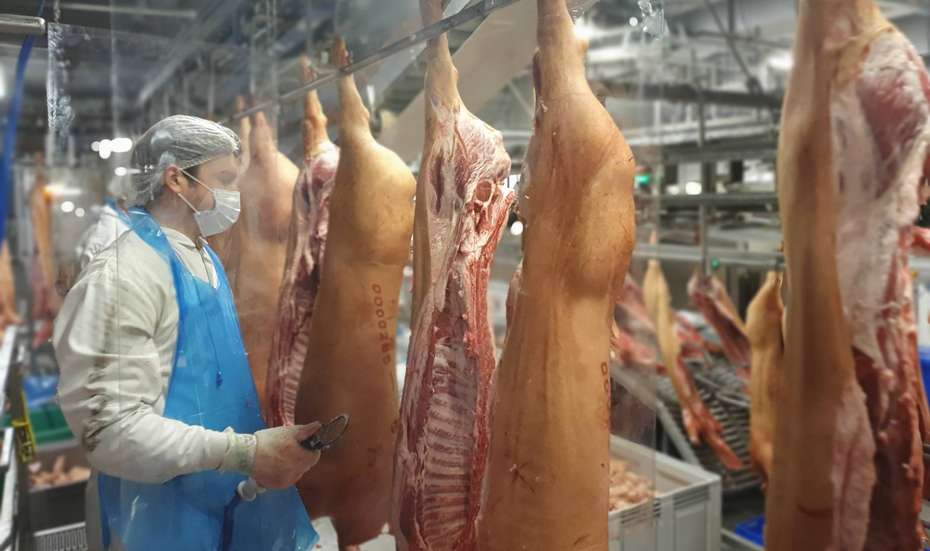
Price fixing by meat processors
In a competitive market no single firm has the power to set prices. Economists suggest that when four firms control 40 percent or more of a market the situation changes. At this level of concentration, large firms can signal their intentions to raise prices and other firms of this scale will benefit by following their lead. Some companies allegedly go even further, such as most of the leading meat processors in the United States - Tyson, JBS, WH Group and Perdue are some of the firms that have been accused of using a data sharing firm called Agri Stats to coordinate their actions and increase prices in recent years. They have paid hundreds of millions of dollars in fines and settlements in class-action lawsuits as a result.
The dominance of these firms may be difficult to discern at the retail level - JBS, for example, has more than 100 brands globally. A number of these - including brands that might be perceived as alternatives, such as those that focus on organic, grass-fed or plant-based meat substitutes - do not disclose ownership ties to JBS on the packaging, and present consumers with an illusion of greater choice.
Extreme concentration in operating resources
Agricultural input industries have also become extremely concentrated at the global level. As the figure below indicates, agrochemicals, animal pharmaceuticals, seeds and farm equipment all exceed the 40 percent threshold for the world market. If you look at the firm names you will notice that several are dominant in both seeds and agrochemicals - in recent decades chemical firms have made hundreds of acquisitions of seed companies, which has resulted in higher seed prices. For an increasing number of seed varieties, purchases must be bundled with the firm’s proprietary chemicals. In other words, these firms have effectively tied a monopoly in one farm input to monopolies in other farm inputs.
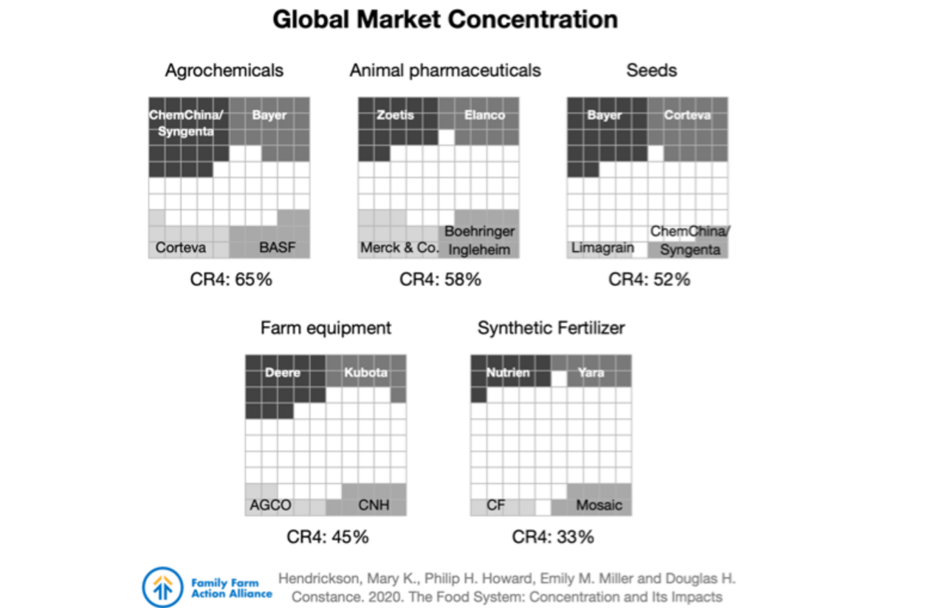
Higher prices for inputs have contributed to a treadmill of production - if the payments that farmers receive for their products do not increase at the same rate that input prices rise, they must produce more each year just to receive the same income. This dynamic accelerates the ongoing loss of farms, as well as increasing scale. Farmers who remain on the treadmill, for example, may expand the size of their operations at the expense of those who are priced out of farming with these increased costs.
Innovations only through acquisition of small companies
Innovation has been put forth as a rationale for government approval of mega-mergers in agricultural input industries - such as ChemChina’s acquisition of Syngenta in 2017 and Bayer’s acquisition of Monsanto in 2018 - as well as numerous other industries. A closer examination of the impacts occurring after these ownership changes suggests that innovations are usually not developed from within dominant firms, but by acquiring them from other, smaller firms. Large, bureaucratic organizations tend to require many layers of approval, and are more likely to block new ideas. Giant corporations often prefer to have less innovation in their industries, as this makes it less likely that they will experience disruption from new entrants.
In the aftermath of mergers and acquisitions, layoffs are a common strategy to cut costs and help pay back the money borrowed to finance these ownership changes. Bayer, for example, announced the elimination of 12,000 jobs, or approximately 10 percent of its global workforce, after acquiring Monsanto in 2018. This pattern results in fewer resources for innovation.
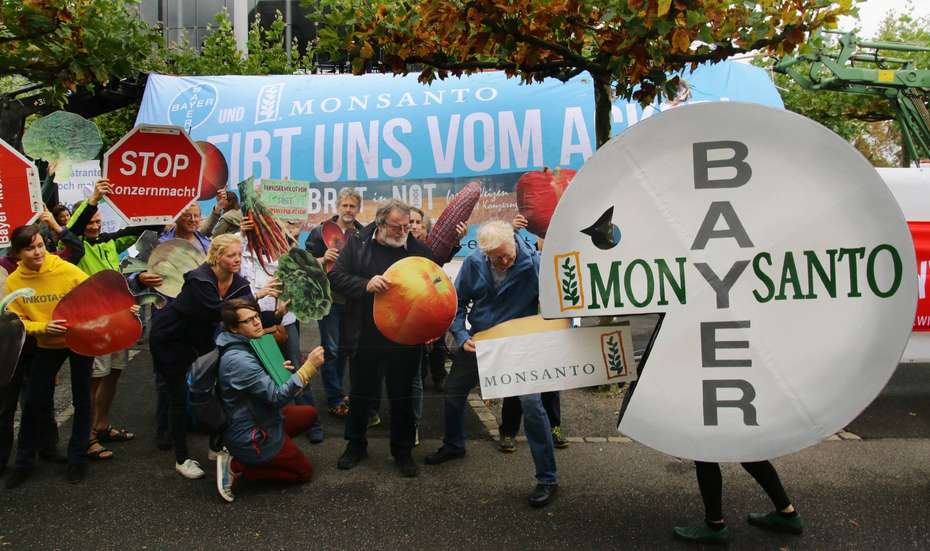
Innovations target blockbusters
When innovation does occur in dominant firms, it is likely to be very narrowly targeted toward achieving blockbuster profits. At this scale, firms frequently cut promising research and development efforts if they are not expected to contribute to growth rates that exceed those of other dominant firms. Examples in the seed industry include research investments in:
- crops that receive fewer government subsidies or are less traded internationally, such as “orphan crops,”
- varieties targeted for regions where these crops are less extensively grown, even for highly subsidized commodities, such as maize
- varieties that require fewer inputs, such as for organic production, and
- seeds that are more easily saved and replanted by farmers, such as those that present barriers to intellectual property protections.
Collateral damage of market concentration
Other negative impacts of concentration may not necessarily be intended but can be viewed as collateral damage. Many impacts on ecosystems fall into this category, such as pollution, climate change, resource depletion, and increased vulnerability to epidemics. Concentrating highly genetically uniform livestock in largescale confinement operations, for example, creates ideal conditions for the spread of diseases such as African swine fever and avian influenza.
If addressing these problems results in higher costs, then such solutions are likely to be avoided by dominant firms. In some cases, however, such actions may provide them with an advantage - if only the largest firms have the resources to meet particular standards, they will create a formidable barrier to entry to smaller firms and will therefore be viewed more favorably. When addressing “externalities” results in lower operating costs, such as Walmart reducing its energy use through more energy efficient technologies, these initiatives are also more likely to be adopted - frequently accompanied by even greater spending on marketing to draw positive attention to these efforts (i.e., greenwashing).

Investors want above-average returns
Although a growing number of investors are beginning to examine the negative social and ecological impacts of large firms, and may even help to partially address some of them, financial actors will not resolve the underlying problem of industry concentration. Money will flow primarily to sustainability efforts that do not challenge investors’ objective to achieve rates of return that are expected to exceed the average. Initiatives that are protected by patents or trade secrets will garner more investor interest than those that present fewer barriers to entry, lower opportunities to extract rents, and are more resistant to monopolization.
Actions to seriously limit the power of dominant firms through the reinvigoration of antitrust laws are also unlikely to be initiated by governments. Exceptions are typically only the result of very strong public pressure, which threatens the legitimacy of the nation (or the multilateral organization). An example is the US governments breakup of a cartel organized by the meat packer Swift in the early 1900s - this stemmed from the public outrage that followed reports from investigative journalists on this industry. Such exceptional policies are quickly repealed or their implementation thwarted when this pressure dissipates - four firms now control approximately 80 percent of the US beef market, for instance, a higher level of concentration than when five firms accounted for 70 percent of this market in the early 1920s.
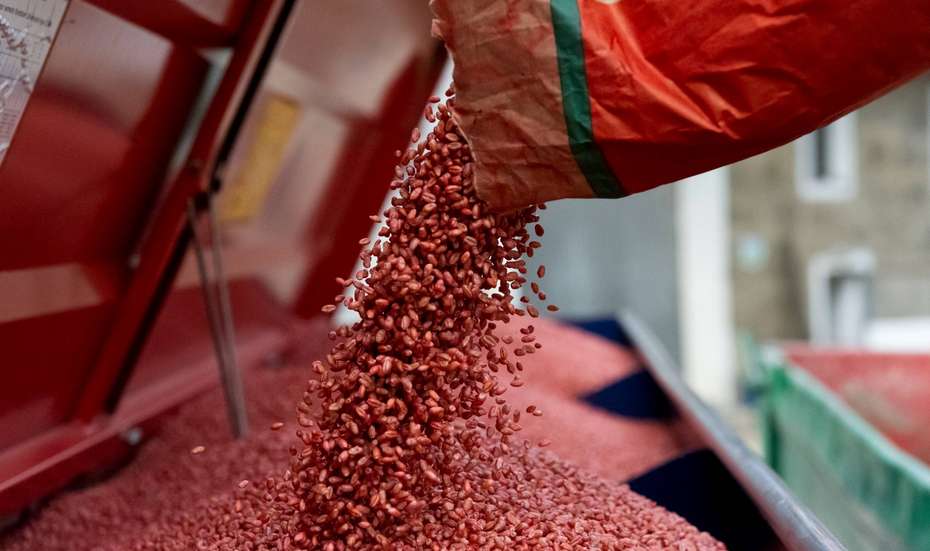
A longer-term approach to reversing trends toward the concentration of power would be to dismantle the direct and indirect subsidies provided to dominant firms. These subsidies include tax breaks, intellectual property protections, infrastructure that reduces the costs of long-distance transportation, payments that reduce the costs of key inputs (e.g. fossil fuels, water, feedstocks), financing for acquisitions, and numerous other advantages.
Undo concentration
Trends of industry concentration may appear inevitable, but they are result of human decisions, and can be undone. Until this occurs, the growth of dominant firms will lock-in the drivers of numerous social and ecological problems, while providing substantial power to a decreasing number of people. If these impacts are not more widely recognized, efforts to address the intended impacts of these firms or their collateral damage will not be successful. Solutions that do not deliberately create strong barriers to co-option may end up being incorporated into business as usual by dominant firms, and risk contributing to the very problems they are attempting to address. The majority of certified organic foods, for example, are sold by some of the world’s largest food processors. Reversing industry concentration will certainly not be easy, and it will require much more public awareness and engagement than exists currently. One key step toward this goal would involve more people educating themselves about the illusion of choice, and creating or supporting alternatives that will make dominant firms irrelevant.







